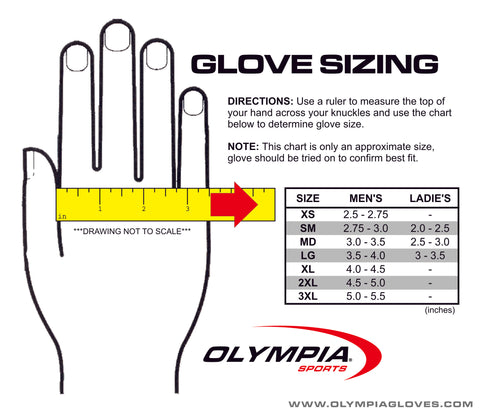Glove Maker Tips: 5 Ways To Make Samples Faster, Better, Cheaper!
Posted by ROGER HEUMANN
People ask us two basic questions all the time ..
What will glove samples cost? And, how long will it take?
Last time, we outlined process of creating a glove, from initial concept to first sample:
Today, we explain what samples cost, and offer 5 suggestions to manage the sample process better, to save expense and time.
What Do Glove Samples Cost?
In a perfect world, samples would be free! But the reality can be time consuming and costly — so, we’ve developed a process of sharing the cost, to be fair to both parties.
We succeed when you succeed.
It’s not an exact science, but as a rule of thumb:
For prospective customers: Basically, this first step usually requires an investment on both sides.
Initially, we share the costs. Over time, this cost gets absorbed as we do business together. Typically, a minimum order of 1000 units creates efficiencies and allows us to absorb more of the sample and prototyping costs.
For existing customers: Depending on scale, sample costs for current customers can be absorbed by current orders.
It’s like being a first time flyer, vs. a frequent flyer. You both arrive at the same place, at the same time … but if you are a million mile flyer, you’ve earned free access to the airport lounge, and in-flight services!
Glove Maker Tips to Expedite Samples, and Manage Costs
Samples can be a big expense. We know of one customer that spent over $600,000 last year (in another category, but still!), just airing samples in!
Even if, in your arrangement with your supplier, you only pay for freight … it adds up when you consider needs for ad shoots, and so on.
What steps can we can both take, to make the sample process more efficient?
3. In the early stages, use substitute materials — and eliminate unique trims – when possible. In the early stages, try to judge pattern and fit without worrying about unique logo embellishments and color combinations. These can be finalized once the basic design is done. It also helps to use similar materials that are on hand.
4. Start early. The more lead time, the better. That gives us more time to obtain special materials, etc. If we have to rush, then we have to live with what exists.
5. For sales samples, ad and catalog samples: Our best advice is to figure out how many you actually need! Talk to your marketing team and ecommerce group, and place the order ONE time. This will go a long way towards expediting things.
Some companies like IKEA have switched to CAD renderings instead of real samples, to save production costs. But in our experience, there’s no substitute for feeling the actual glove on your hand.
*******
Still have questions about glove samples? Leave a comment.
Can We Help?
And, here’s a free resource to jumpstart your next glove project:






















